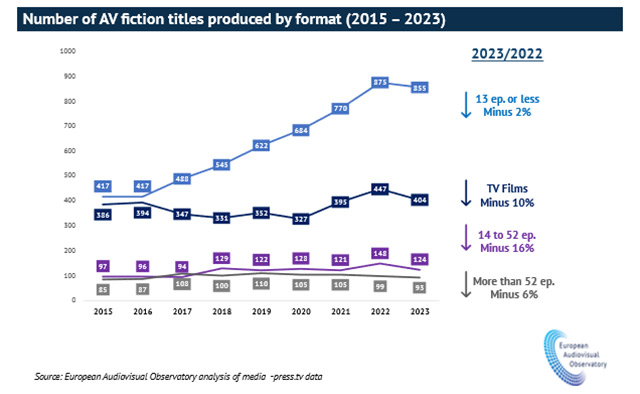World
How maternity pay in the UK compares to Europe and the US

Conservative leadership hopeful Kemi Badenoch is under fire from other candidates and fellow Tories after she appeared to criticise maternity pay as “excessive”.
Speaking on Times Radio, the shadow communities secretary described statutory maternity pay as “a function of tax”, and said: “Tax comes from people who are working, we’re taking from one group of people and giving to another. This, in my view, is excessive.”
Responding to the argument that the amount of maternity pay is important for people who cannot otherwise afford to have a baby, Ms Badenoch said: “We need to have more personal responsibility.
“There was a time when there wasn’t any maternity pay and people were having more babies.”
Ms Badenoch later said she did not think maternity pay is excessive.
She wrote on X: “Of course maternity pay isn’t excessive… no mother of 3 kids thinks that. But we must talk about the burden of excessive business regulation otherwise we might as well be the Labour Party.”
Here i looks at maternity pay in the UK and how it compares to other countries in Europe and the rest of the world.
UK maternity pay
In the UK, there are three types of maternity pay: statutory maternity pay, contractual maternity pay and maternity allowance.
Statutory maternity leave is 52 weeks for employees – under an employment contract – in the UK. It is made up of ordinary maternity leave – the first 26 weeks – and additional maternity leave – the last 26 weeks. Statutory maternity pay is paid for up to 39 weeks.
That means that if a recipient takes the full 52 weeks statutory maternity leave, their final 13 weeks will be unpaid. Recipients get 90 per cent of their average weekly earnings (before tax) for the first six weeks and then £184.03 or 90 per cent of average weekly earnings (whichever is lower) for the next 33 weeks.
To qualify for statutory maternity pay, employees must:
- earn on average at least £123 a week
- have worked for their employer continuously for at least 26 weeks continuing into the “qualifying week” – the 15th week before the expected week of childbirth
Some employers offer contractual maternity pay Also called “enhanced maternity pay”, the details will be set out in an employee’s contract and will vary depending on the employer. It should never be less than statutory maternity pay.
Mothers who cannot get statutory maternity pay – if they are self-employed, have recently stopped working or undertake unpaid work for the business of their spouse or civil partner – can apply to get maternity allowance.
The amount of maternity allowance they receive varies depending on their reason for eligibility. For example, those who are employed or have recently stopped working will get £184.03 a week or 90 per cent of their average weekly earnings (whichever is less) for up to 39 weeks; self-employed mothers can get between £27 to £184.03 a week for up to 39 weeks.
Maternity pay in Ireland
In Ireland, mothers are paid maternity benefit if they have enough social insurance contributions and certified maternity leave.
Maternity benefit is paid for 26 weeks (156 days), excluding Sundays. The weekly rate is €274 (£229).
Mothers who are already in receipt of certain social welfare payments, may get half-rate maternity benefit.
Some employers continue to pay staff on maternity leave and request the maternity benefit is paid to them.
Maternity pay in other European countries
Under EU legislation, women have the right to a minimum of 14 weeks of maternity leave and at least two weeks are compulsory. Maternity leave is compensated at least at the national sick pay level.
Here is a snapshot of some of the maternity pay policies in countries within the European Union.
Norway
Norway has a particularly generous paid parental leave policy.
Parental benefit covers a 49-week period, with 15 weeks reserved for each parent. This offers 100 per cent income coverage or 59 weeks with 80 per cent income coverage.
A tax-free lump sum grant is also given following the birth or adoption of a child at a rate of NOK 92,648 (£6,574).
Germany
Maternity allowance is paid for six weeks before childbirth and eight weeks after, subject to eligibility.
The amount is determined by the mother’s salary before the beginning of the maternity period and is a maximum of €13 per day (£11). Employers pay the difference between the maternity allowance amount and the mother’s previous salary.
Bulgaria
To qualify for maternity benefits in Bulgaria, mothers need to have been insured for sickness and maternity for at least 12 months at the beginning of their period of leave.
Cash benefits for pregnancy and childbirth are calculated per day and amount to 90 per cent of the individual’s average gross daily income spanning the period which they have been insured over the last 24 months before the beginning of the leave.
Maternity benefits cannot exceed a mother’s net daily salary, and cannot fall below the minimum monthly wage – BGN 933 (£399).
Denmark
Parents in Denmark are entitled to 24 weeks of maternity/paternity benefit, with restrictions over distribution between the mother and father in the first few weeks following childbirth.
The amount paid in maternity benefit depends on an individual’s situation but parents can receive a maximum of DKK 4,695 (£526) per week before tax.
US maternity pay
The US is the only OECD country without national statutory maternity pay. The only federal law covering maternity leave guarantees up to 12 weeks of unpaid maternity leave.
The 1993 Family and Medical Leave Act protects mothers’ jobs after childbirth or adoption. It entitles them to up to 12 weeks of unpaid leave in a 12-month period for the birth of a child and to care for the newborn child within one year of birth; the placement with the employee of a child for adoption or foster care and to care for the newly placed child within one year of placement.










